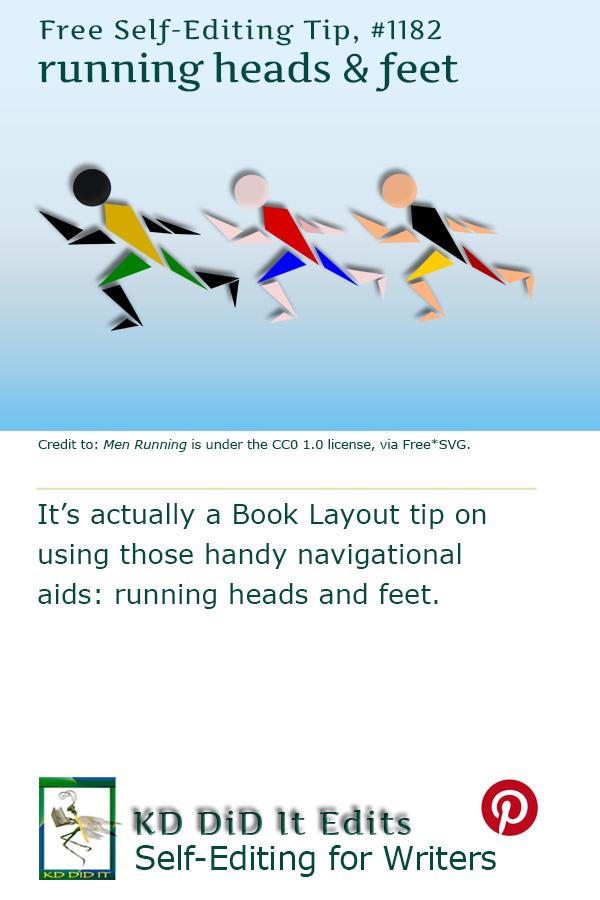As Karin Wiberg notes, you want your book to look professionally published, and that involves understanding the different “anatomical’ parts of a book, such as running heads and feet.
Think of those heads and feet as a map for your reader, telling them where they are in your book.
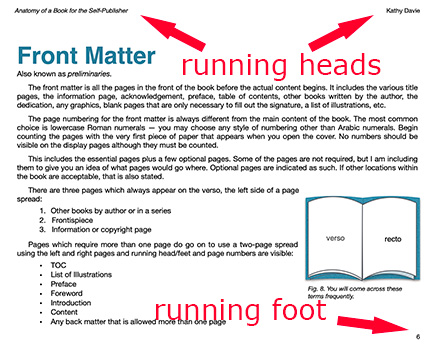
Fig. 1. An example page with arrows noting the running heads and the running foot.
Fiction, non-fiction, and research papers all use running headers and footers, although they do have different rules. (Books that don’t use them include children’s picture books and board books.)
Research papers are the simplest with the paper title on the left and the page number on the right.
Fiction is next with the book’s title on the left and the author’s name on the right (or the chapter title).
Non-fiction can get much, much more complicated depending upon how detailed you want to get (or how much navigation your reader may need). Its basics start with the book title on the left and the chapter title on the right. You may prefer the section title which could replace the chapter title or be part of the book OR chapter title, e.g., BOOK TITLE: SECTION TITLE or SECTION TITLE: CHAPTER TITLE. Of course you could always put the section title in the running foot.
Your book may be better organized in yet another way. Again, whatever you do, be consistent.
I should mention that it’s up to you as to where any of this information goes, i.e., the running head or the foot.
Help yourself by looking at other books similar to yours (genre, subject matter, depth of detail, etc.) to see what your reader may expect or appreciate.
Book Layout & Formatting Ideas, a.k.a. . . .
. . . typesetting, is all about the how the inside of your fiction or non-fiction book — whether print or eBook — looks and the experience it provides your reader. Explore which pages are required or optional, the order the pages should follow, whether the page should be verso or recto, the definitions of technical terms, each page’s content, and in-depth formatting that includes text alignment, margins, bleeds, the choice of font and sizes, linespacing, how and where to place graphics of all sorts, how to style chapter headings, the need for a table of contents, the inclusion of epigraphs, running heads and feet, and so much more. Yes, book cover design will also be covered. Do check with the style guide for your publisher or in your field for how your layout may differ in page order and requirements, whether it’s page order or formatting. Make a checklist.
At the very least, knowing more about book layout design will help you understand a book layout designer you may hire.
My research has evolved into a sharing of information with y’all. I’m hoping you’ll share with us any questions you’ve had on this subject that have been a bête noire for you from either end. If you found this post on “Running Heads and Feet” interesting, consider subscribing to KD Did It, if you’d like to track this post for future updates.
NOTE: Example pages provide a sample of what should be found on that page and/or an explanation of the text you’ll need to write for that page. It will be noted when the layout differs between a print and an eBook.
| Running Heads and Feet | ||
| Layout | ||
| Definition: Navigational information provided at the top and bottom of most of the pages.
This information may include the title of the book, page numbers, the title of part of a book, a chapter, a section, or any other reference point. POST CONTENTS: |
||
| Basic Rules for Running Heads and/or Feet | ||
Never display running heads or feet on:
|
||
| Running Head | Definition: Information that appears at the top of a page in your book or paper.
Its purpose is to keep your reader informed as to what or who they’re reading as well as where they are in the book. |
|
|
Return to top or post contents |
As running heads are intended to help your reader, choose the information that will be most helpful to your target audience.
There are rules as to what appears in the running head depending upon whether it’s fiction, non-fiction, or a paper, rules which include this information not exceeding one line — if a book has a long chapter title, shorten it to fit on one line. In general, any pages following the first pages of any front and back matter (illustrations, tables, etc.), any section, chapter, any page with text on it, etc., should have a running head. A.k.a. header, page header |
|
| Fiction Book | Rule: This is a guideline; you may want to explore other books in your genre to see how they handle it. It’s possible that your publisher has their own rule. Whatever you do, be consistent.
|
|
|
Return to top or post contents |
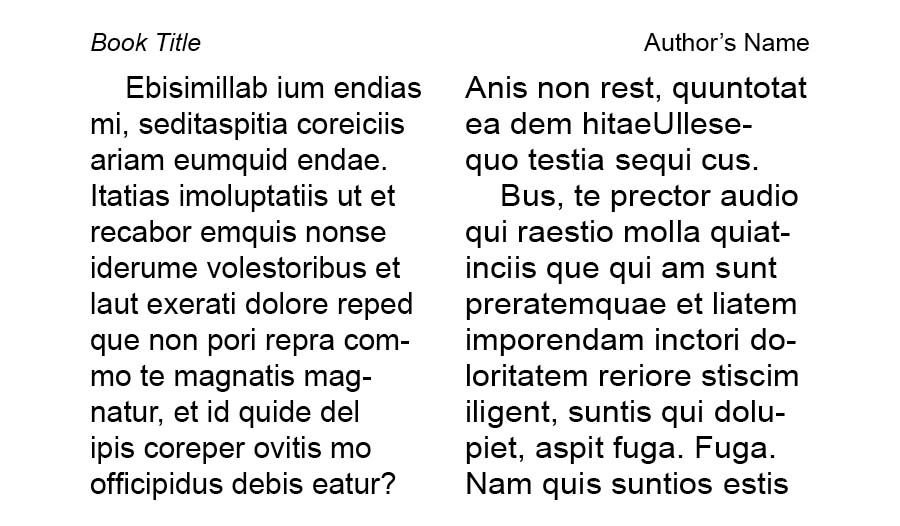
Fig. 2. Running head for a fictional publication. |
|
| Non-fiction Book | Rule: This is a guideline; you may want to explore other books in your genre to see how they handle it. It’s possible that your publisher has their own rule. Whatever you do, be consistent.
|
|
|
Return to top or post contents |
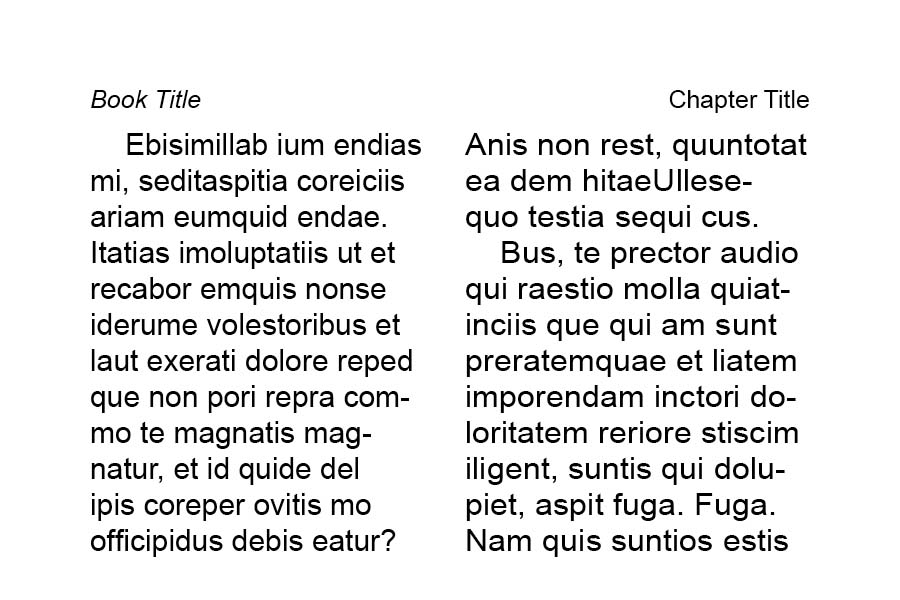
Fig. 3. Book title with chapter title in running head for non-fiction. |
|
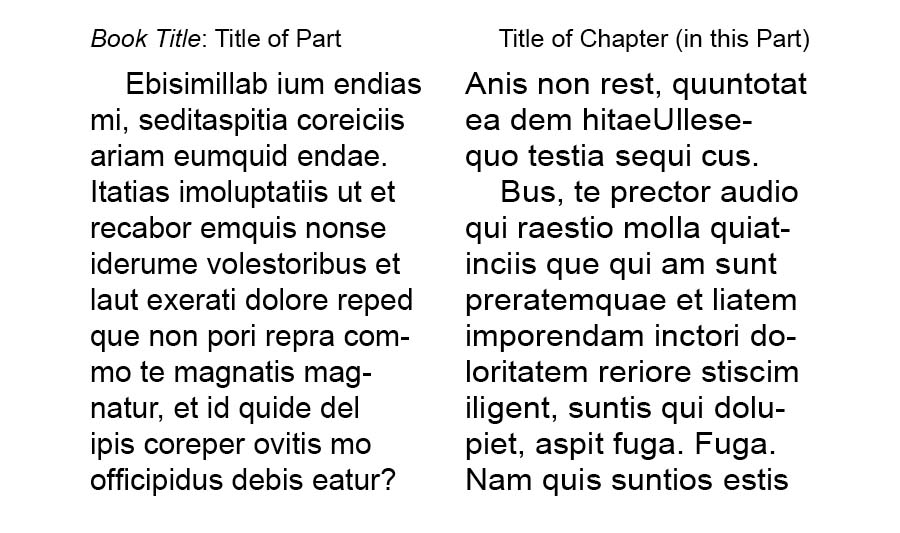
Fig. 4. Book and part titles with the chapter title for that part in this running head example for non-fiction. |
||
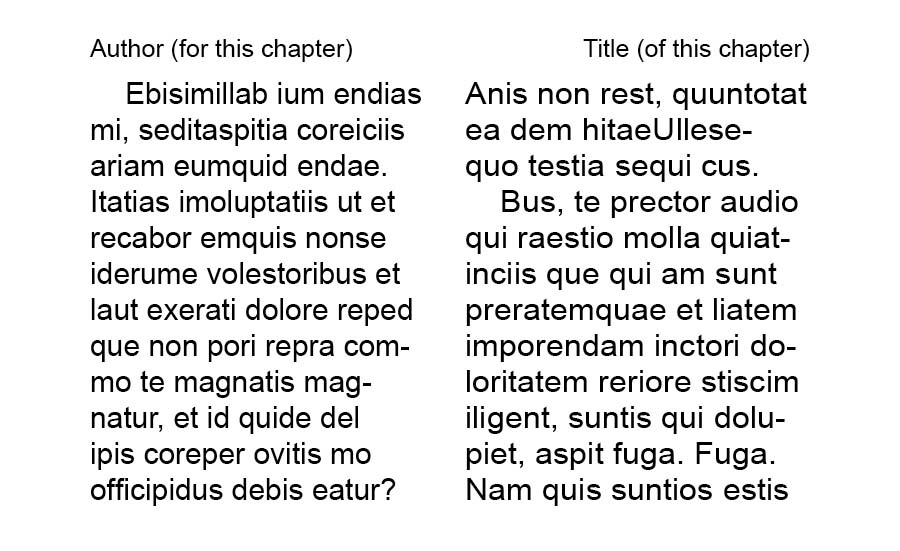
Fig. 5. Book with chapters written by different authors in this running head example for non-fiction. |
||
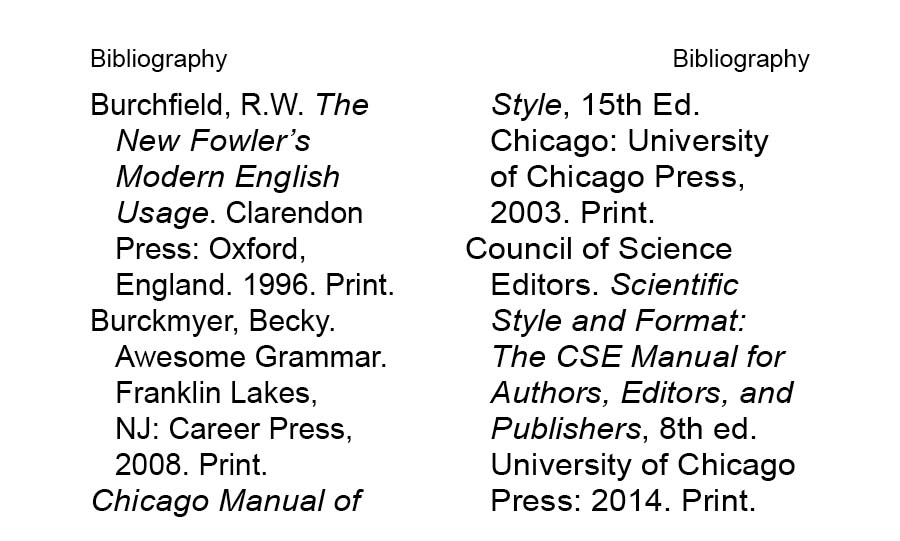
Fig. 6. Additional pages in front or back matter require a running head in non-fiction. |
||
| Research Paper | ||
| APA | Rule:
|
|
|
Return to top or post contents |
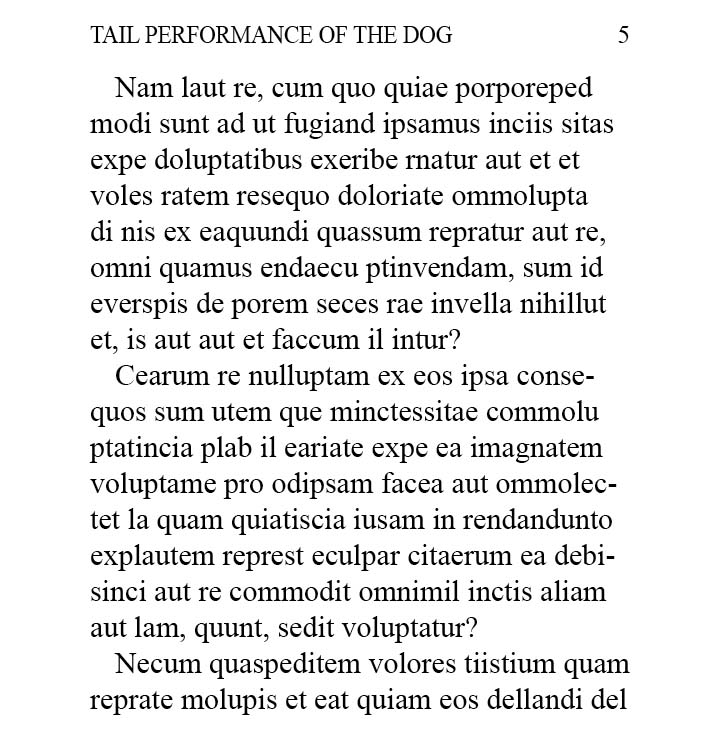
Fig. 7. APA requires a truncated title on the left and the page number on the right. — If the complete title of the paper were “A Comparative Study of Performance Potentials When the Tail Tried to Wag the Dog When Containing the Genome of the Domesticated Dog on the World Wide Web” . . . |
|
| Chicago Manual of Style | Rule:
|
|
|
Return to page or post contents |
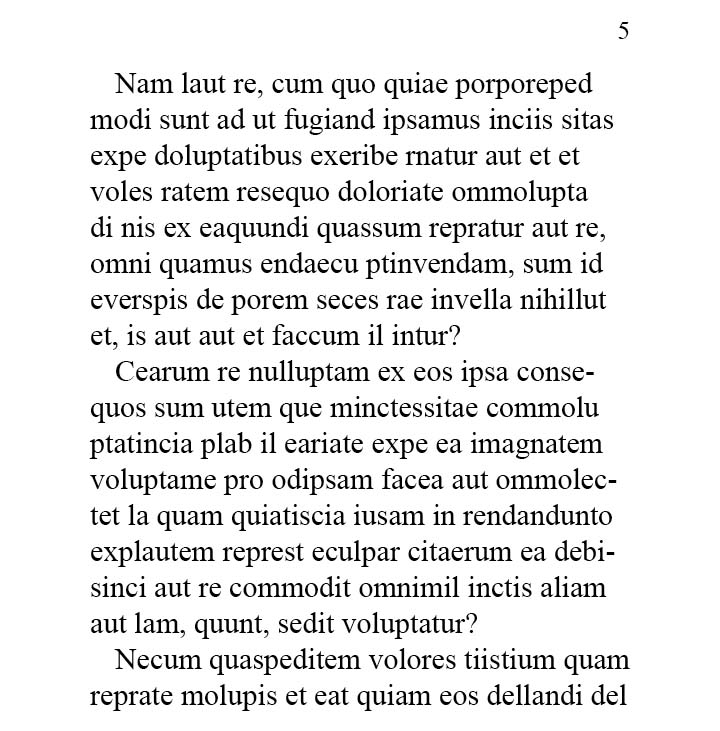
Fig. 8. A paper using CMOS style only requires a right-justified page number. |
|
| Running Feet | Definition: Information that appears at the bottom of a page in your book.
Its purpose is to keep your reader informed as to what or who they’re reading as well as where they are in the book. |
|
| There are rules as to what appears in the running foot depending upon whether it’s fiction or non-fiction.
In fiction, you can include title, chapter name, page number, folio, and/or author information at the bottom of each page instead of the top. |
||
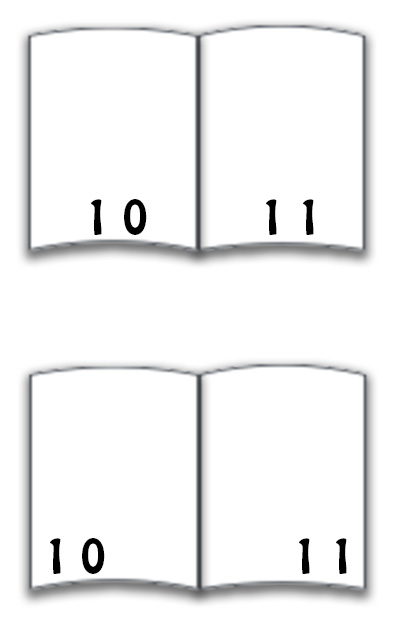
Fig. 9. Page numbers as running feet can be centered (top) or justified left and right (bottom). |
||
C’mon, get it out of your system, bitch, whine, moan . . . which words are your pet peeves? Also, please note that I try to be as accurate as I can, but mistakes happen or I miss something. Email me if you find errors, so I can fix them . . . and we’ll all benefit!
Satisfy your curiosity about other Book Layout & Formatting Ideas by exploring its homepage or more generally explore the index of self-editing posts. You may also want to explore Formatting Tips, Grammar Explanations, Linguistics, Publishing Tips, the Properly Punctuated, Word Confusions, Writing Ideas and Resources, and Working Your Website.
Resources for Running Heads and Feet
“Elements of Page Design.” Publishing and Book Design Basics. Lib Guides. Michigan State University. n.d. Web. 3 June 2023. <https://libguides.lib.msu.edu/c.php?g=97090&p=908734>.
“How to Create a Running Head (APA).” Writing Centre. Thompson Rivers University. n.d. Web. 19 May 2023. <https://www.tru.ca/__shared/assets/how-to-create-a-running-head36845.pdf>.
Janechek, Jennifer. “APA Title Page.” Writing Commons. n.d. Web. 3 June 2023. <https://writingcommons.org/section/citation/apa-7th-edition/formatting-the-title-page-apa/>.
“Running Headers and Footers Explained.” Tutorials. Star Print Brokers, Inc. 25 Mar 2022. Web. 1 June 2023. <https://www.starprintbrokers.com/running-headers-and-footers/>.
Wiberg, Karin. “Self-Publishing? Avoid These Common Book Layout Mistakes.” ClearSight Books. 31 Oct 2019. Web. 27 Apr 2023. <https://clearsightbooks.com/common-book-layout-mistakes/>.
Pinterest Photo Credits:
Men Running is under the CC0 1.0 license, via Free*SVG.


